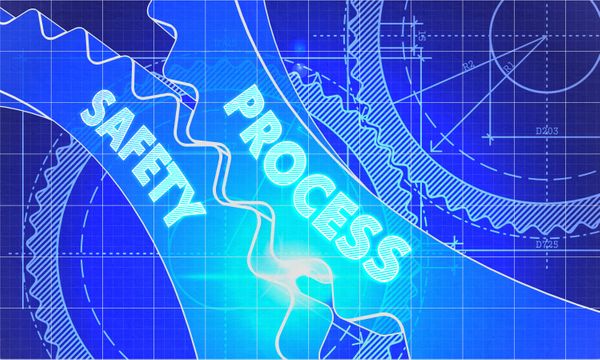If you work with highly hazardous chemicals at a gas plant or ammonia facility, you may have heard someone mentioning PSM. But what is PSM and why should you care?
PSM stands for process safety management and is a regulation (29 CFR 1910.19) created by OSHA in 1992 due to a rise in catastrophic events.
In 1984, one of the worst incidents in the industry occurred where over 2000 people died due to a chemical release in Bhopal, India. Five years later in 1989, an explosion at a petroleum facility in Pasadena, TX resulted in over a hundred injuries and 23 fatalities. Just a few years later, two deaths occurred from an explosion in Cincinnati, OH in 1990 and eight fatalities due to a chemical release in Sterlington, LA in 1991.
PSM consists of 14 elements intended to help eliminate and/or mitigate the hazards at a facility to ensure a safe workplace for employees.
Employee Participation
Process Safety Information
Contractors
Pre-Startup Safety Review
Hot Work
Management of Change
Incident Investigation
Emergency Planning and Response
Trade Secrets
PSM is just a framework for managing process safety, but how PSM is implemented is determined by each facility or process owner. At Process & Safety Solutions, we care about the purpose of each element rather than focusing on PSM as a regulation to simply be complied with.
Contact us today to get started with a workplace safety and productivity audit

